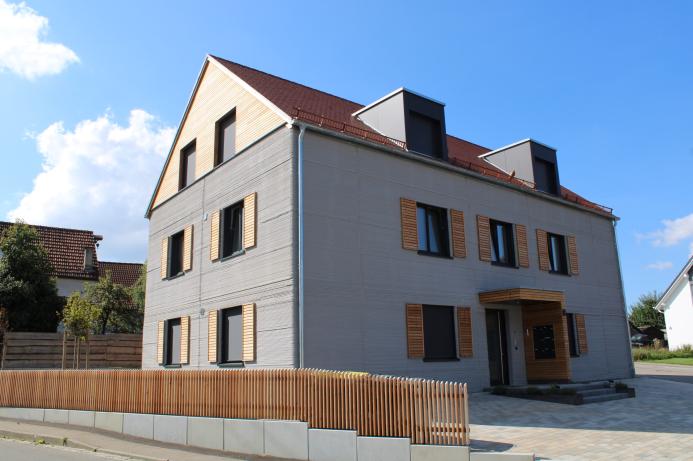is 3D concrete printing the future of housebuilding?
Could 3D concrete printing be the future of housebuilding?
The construction industry is on the brink of a major transformation, and 3D concrete printing is at the forefront of this change. As the UK’s concrete construction sector seeks innovative solutions to address housing shortages, efficiency demands, and sustainability goals, a compelling question arises: Could 3D concrete printing be the future of housebuilding?
What is 3D concrete printing?
3D concrete printing is an advanced construction technique that uses a computer-controlled process to build structures layer by layer with a specially formulated concrete mixture. This method diverges from traditional construction, which relies heavily on manual labour and extended timelines, offering speed, precision, and design flexibility.
How does it work?
The process starts with a digital 3D model of the structure, created using CAD (Computer Aided Design) software. This model is then sliced into thin horizontal layers, which guide the printer.
The 3D printer, equipped with either a gantry system or a robotic arm, deposits the concrete mixture layer by layer, adhering to the digital blueprint. The mixture is designed to set quickly, ensuring strong bonding between layers as the structure forms.
The advantages of 3D concrete printing
Design flexibility: Enables the creation of complex geometries and custom designs, allowing architects and builders to explore new aesthetic and functional possibilities.
Efficiency: Significantly reduces construction time and labour requirements, enabling quicker project completions.
Cost savings: Minimizes material waste and reduces labour costs. On-site printing can also lower transportation expenses.
Sustainability: Optimizes resource use and can incorporate eco-friendly materials, contributing to greener construction practices.
Precision: High accuracy in the building process leads to better quality and fewer errors, ensuring structures are built to exact specifications.
Real-world applications
Globally, 3D concrete printing is already making a significant impact. ICON’s 3D-printed homes in Austin, Texas, offer affordable housing solutions. In Dubai, the Dubai Future Foundation’s 3D-printed office building showcases the technology's potential in commercial construction.
Europe has also seen innovations in infrastructure projects, with 3D-printed houses and pedestrian bridges in the Netherlands and Spain demonstrating the method's versatility. While in Ireland, three social housing units in Dundalk are set to become the country's first 3D-printed homes.
And next week's Olympics sees the unveiling of Saint-Gobain's Skate Game, which uses 3D-printed concrete modules and resembles a giant pinball machine.
Challenges and considerations
Despite its promise, 3D concrete printing faces several challenges:
Material properties: Developing concrete mixtures that balance printability and structural integrity is still a work in progress.
Scale Limitations: Current technology restricts the size of structures that can be printed in one piece.
Regulatory hurdles: Ensuring that 3D printed buildings comply with existing building codes and safety standards is essential.
Initial investment: The high upfront costs for equipment and technology development can be a barrier for some builders.
The future of housebuilding?
Given its numerous advantages, 3D concrete printing has the potential to revolutionize housebuilding. Its ability to create affordable, sustainable, and efficiently constructed homes addresses many of the pressing issues facing the UK's construction sector. However, for it to become mainstream, ongoing advancements in technology, materials, and regulatory frameworks are crucial.
Early adopters of 3D concrete printing stand to gain a competitive edge, setting new standards in quality, efficiency, and innovation. The future of housebuilding could indeed lie in the hands of robotic arms and digital blueprints, as we move towards smarter, more sustainable construction practices.
Could 3D concrete printing be the future of housebuilding? The signs are promising. By embracing this cutting-edge technology, the UK’s concrete construction sector can lead the charge towards a more efficient, sustainable, and innovative future. The journey has just begun, and the potential is limitless.







